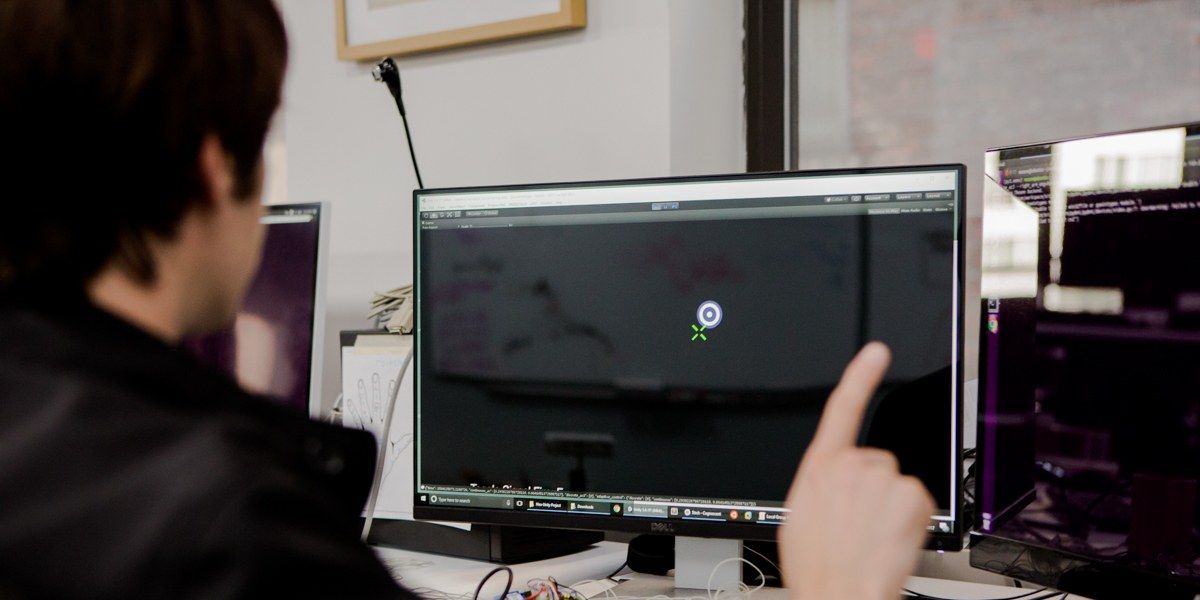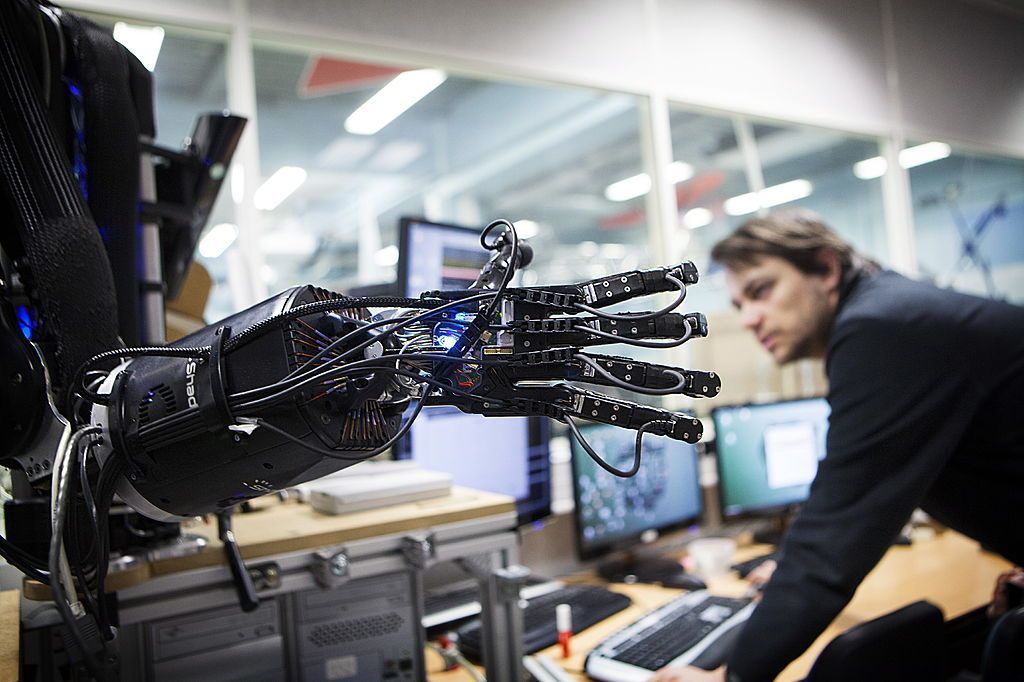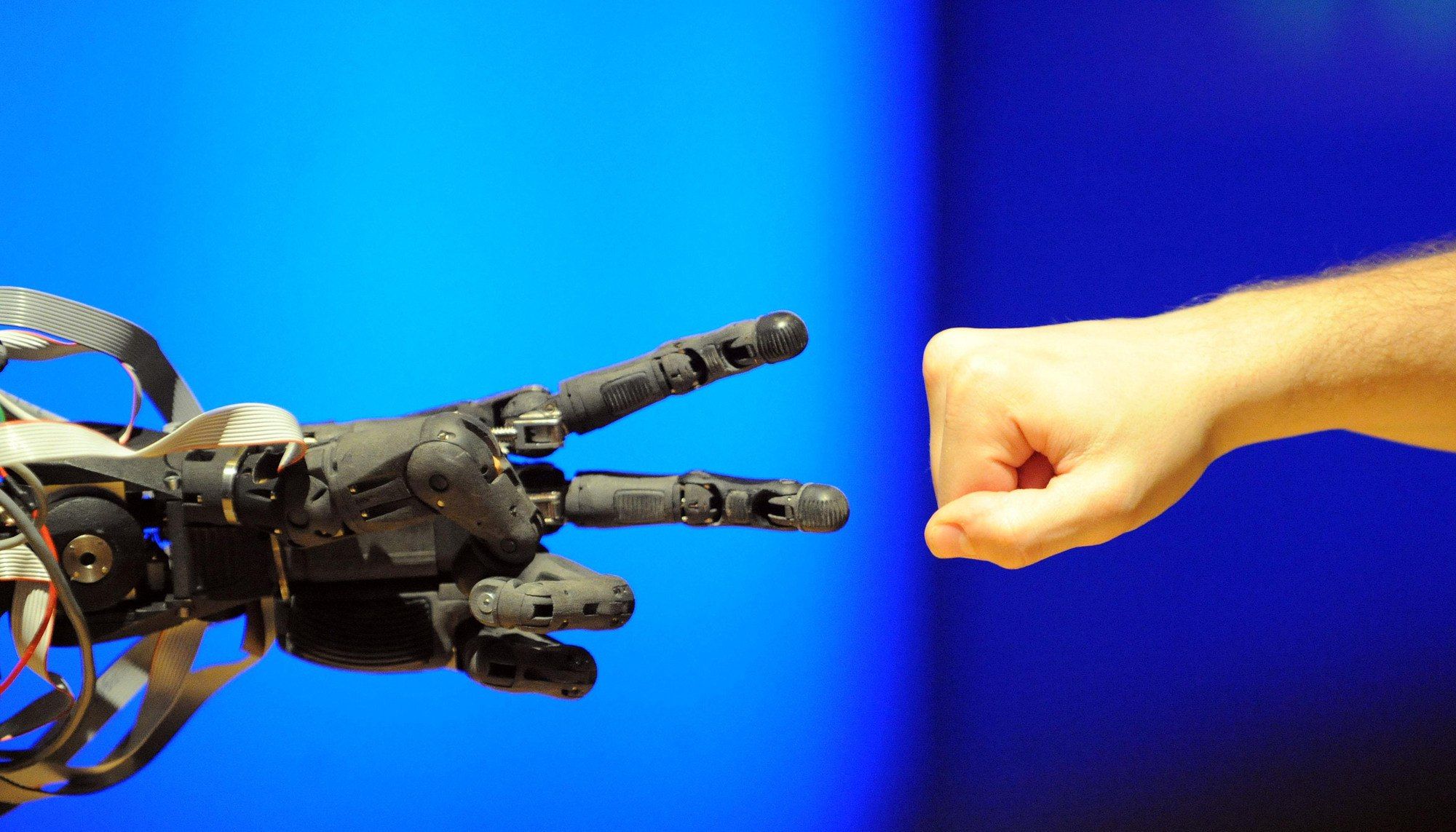A system that lets robots sense the difference between hot and cold has been developed.


Researchers at MIT’s Center for Extreme Bionics are engaged in a $100 million, five-year project with a goal to end disability worldwide.



PCSK9 inhibitors, a new type of therapy, has arrived and appear to be an effective therapy for lowering LDL cholesterol to a level that exceeds the current standard of care.
Recently, the results from a clinical trial at Brigham and Women’s Hospital showed that the drug evolocumab, when combined with statins, significantly and safely reduced the risk of cardiovascular events.


A new article recently out discussing issues of #transhumanism:
Hello reader, are you trans? Transhuman, that is.
Probably not, but one day you might be – or, failing that, your kids or grandkids. In what is very much a ‘guest’ piece for the American Conservative, Zoltan Istvan – the Libertarian candidate for Governor of California – explains his transhumanist vision:
“…transhumanism is the international movement of using science and technology to radically change the human being and experience. Its primary goal is to deliver and embrace a utopian techno-optimistic world—a world that consists of biohackers, cyborgists, roboticists, life extension advocates, cryonicists, Singularitarians, and other science-devoted people.”
There’s no need to fear a robot taking your job – not if you become one yourself!

A super-short and to-the-point introduction to Rejuvenaction, ageing, and rejuvenation which I wrote on l4t.
You might have noticed I have sometimes mentioned ‘Rejuvenaction’ in passing in other posts on l4t, but never really went too much into detail as to what Rejuvenaction even is. I was hoping to trigger curiosity in the few readers l4t has had thus far (this is what I get for posting once in a blue moon), but I think it is high time to formally introduce l4t’s older brother.
Simply put, Rejuvenaction is an advocacy blog meant to spread awareness about the problem of human ageing and what could be done to bring about the end of this problem within a few decades.
No, it’s neither a joke, nor about snake oil supplements to part a bunch of fools from their money. It’s about hopefully relatively-soon-to-be rejuvenation biotechnologies to bring the biological clock of people back to about 25 years of age, so that regardless of their chronological age, they can be as healthy as they were when they were young adults.

For millennials and the generations to follow, the future will differ radically from their parents’ world. Massively powerful digital technologies will bring seismic changes in the lifestyles, opportunities, privileges and choices experienced by young people compared to their parents.

For the unwary, ICOs represent an even bigger risk, as uncertainty about how they should be regulated means most lack even basic protection of securities laws that governed the dotcom IPOs. As pure digital events, the online fundraisings are also exposed to familiar internet frauds, from phishing scams used to rip off the unwary to the hacking of the underlying software underpinning the new ventures — the fate that befell the first prominent ICO last year, for a company called the DAO.
Flood of initial coin offerings is aimed at bypassing Google and Amazon, but sceptics fear a bubble.